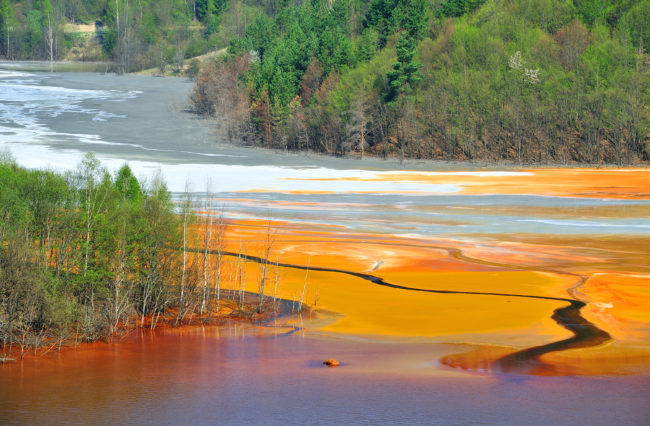As an emerging issue touching most corners of the country, our firm’s lawyers report on everything PFAS. Although New York and New Jersey — the latter being one of the leaders on PFAS action — are popular subjects, we come to you today with an update from their neighbor: the great Commonwealth of Pennsylvania. A state without its own PFAS regulations, it has been taking meaningful steps in the last few months to investigate these substances.
On September 19, 2018, Governor Wolf signed an executive …
Continue Reading








